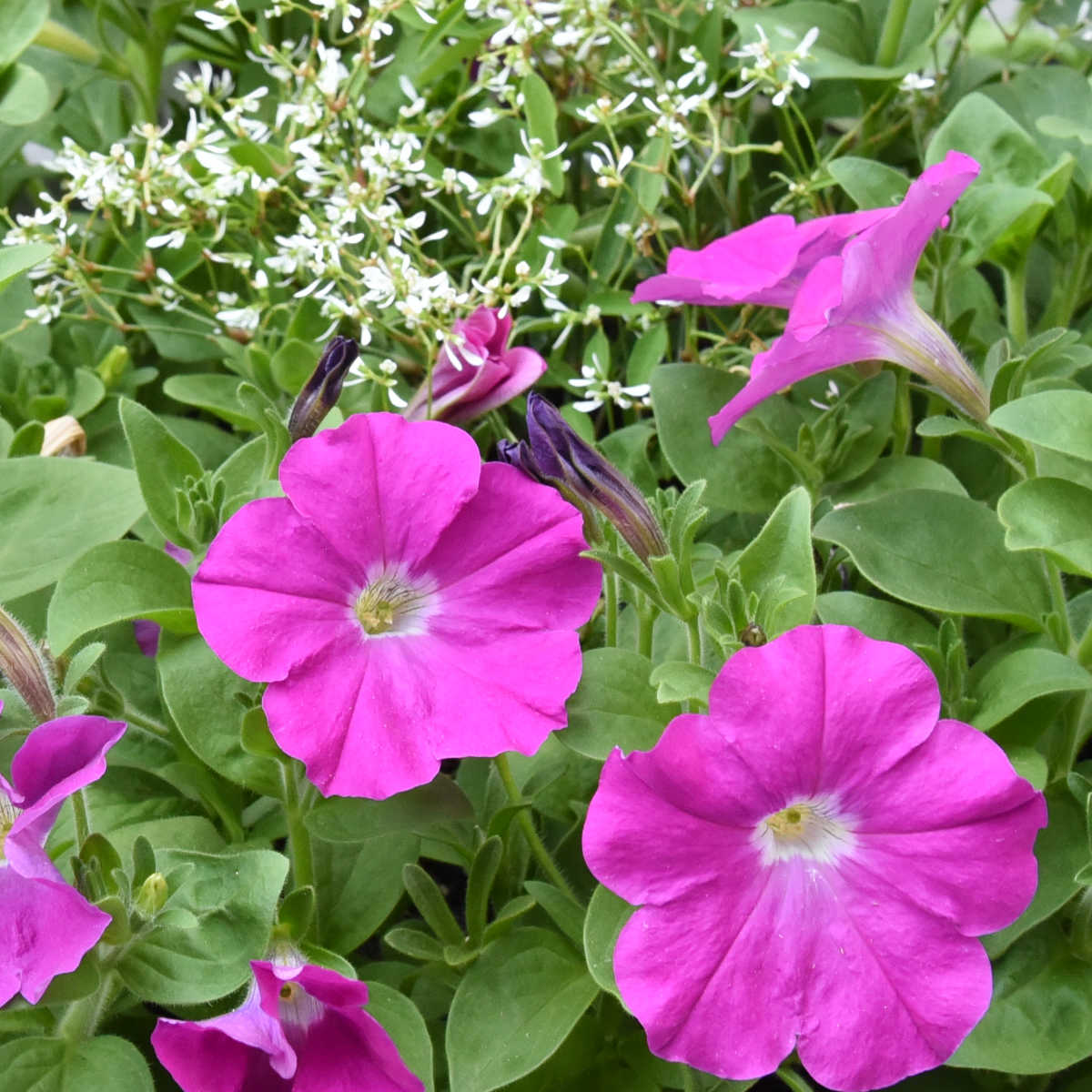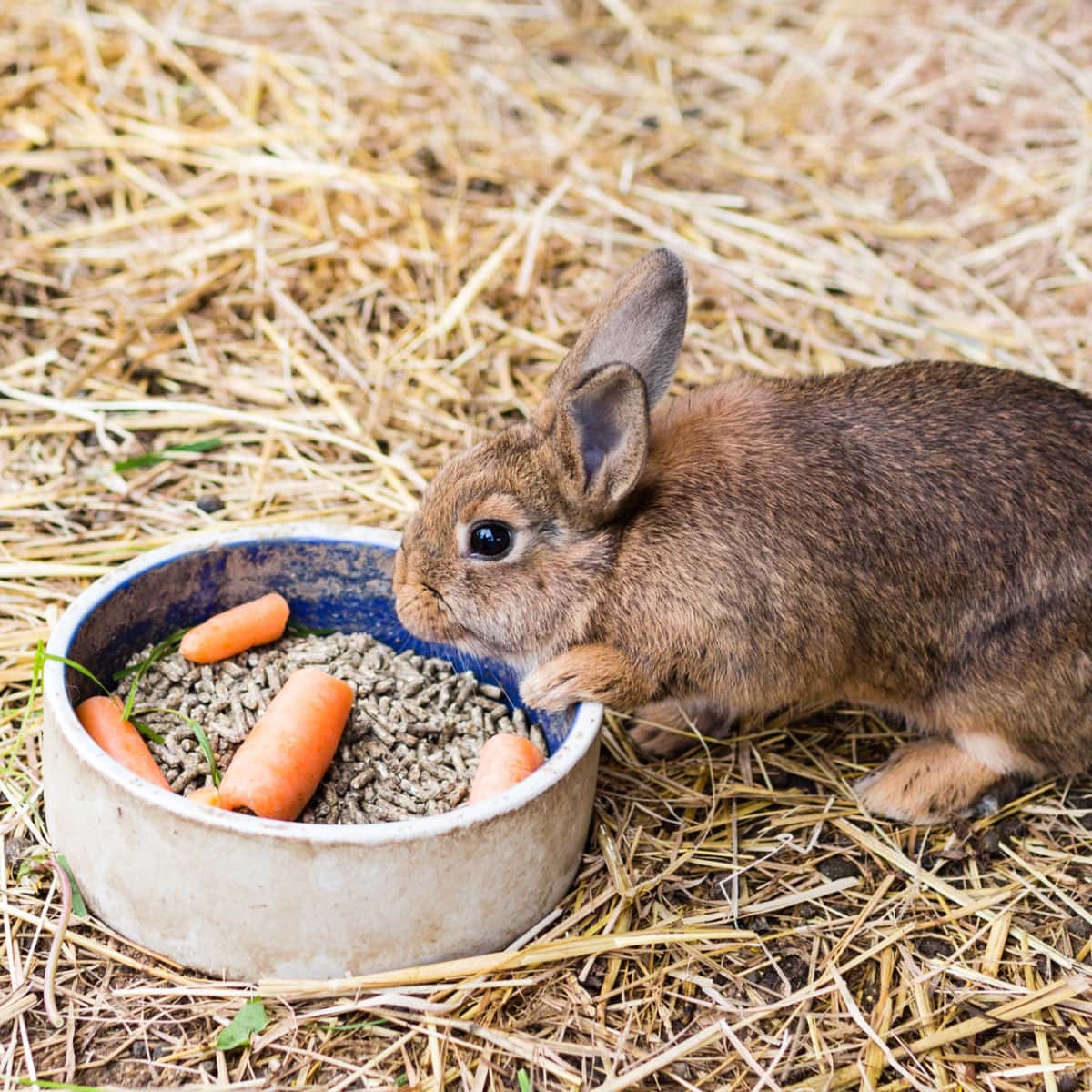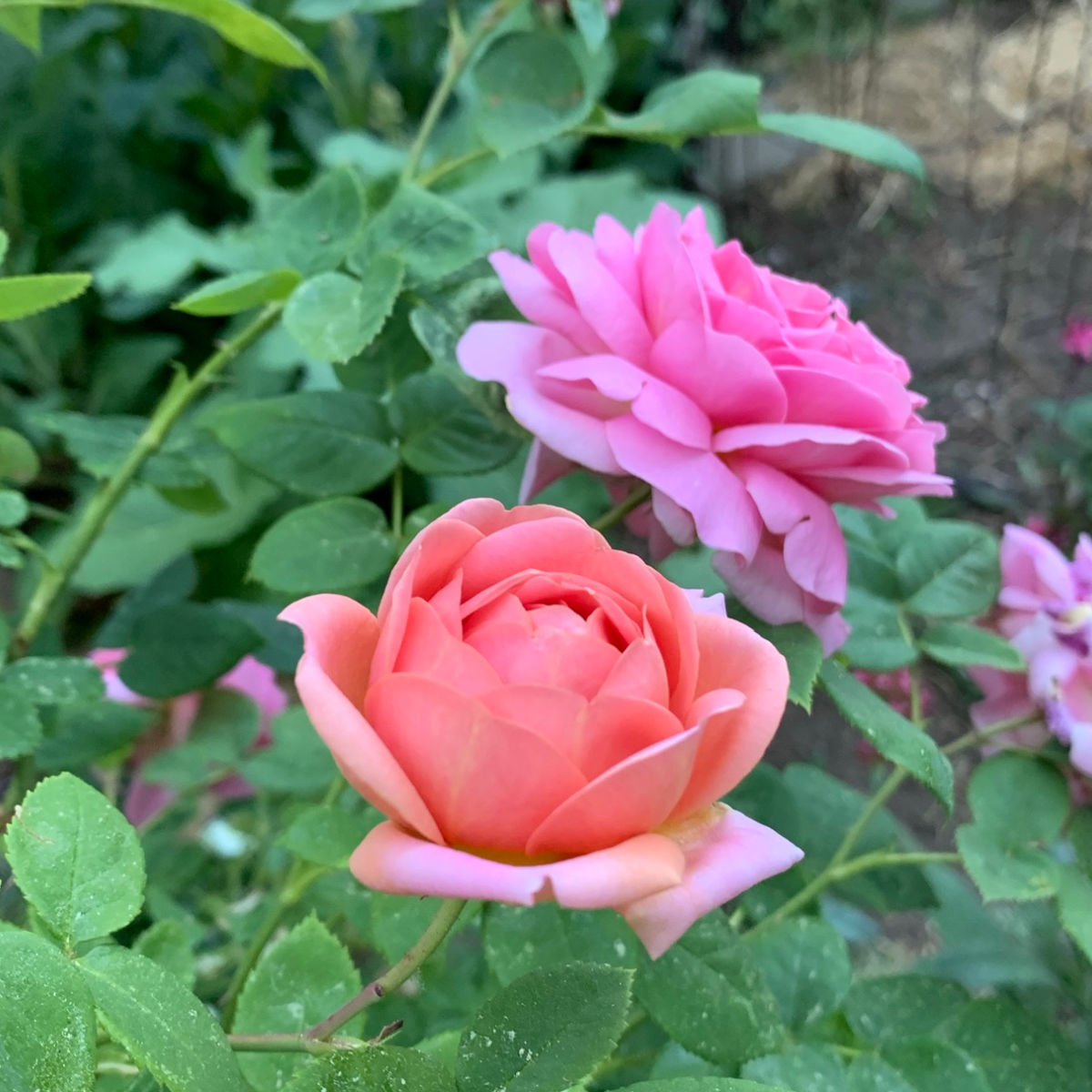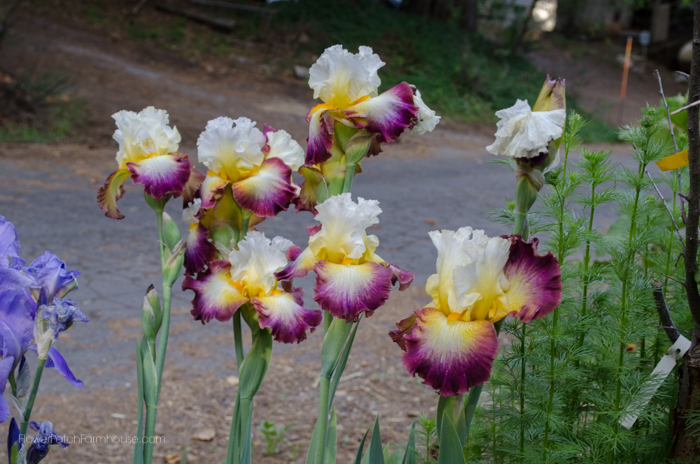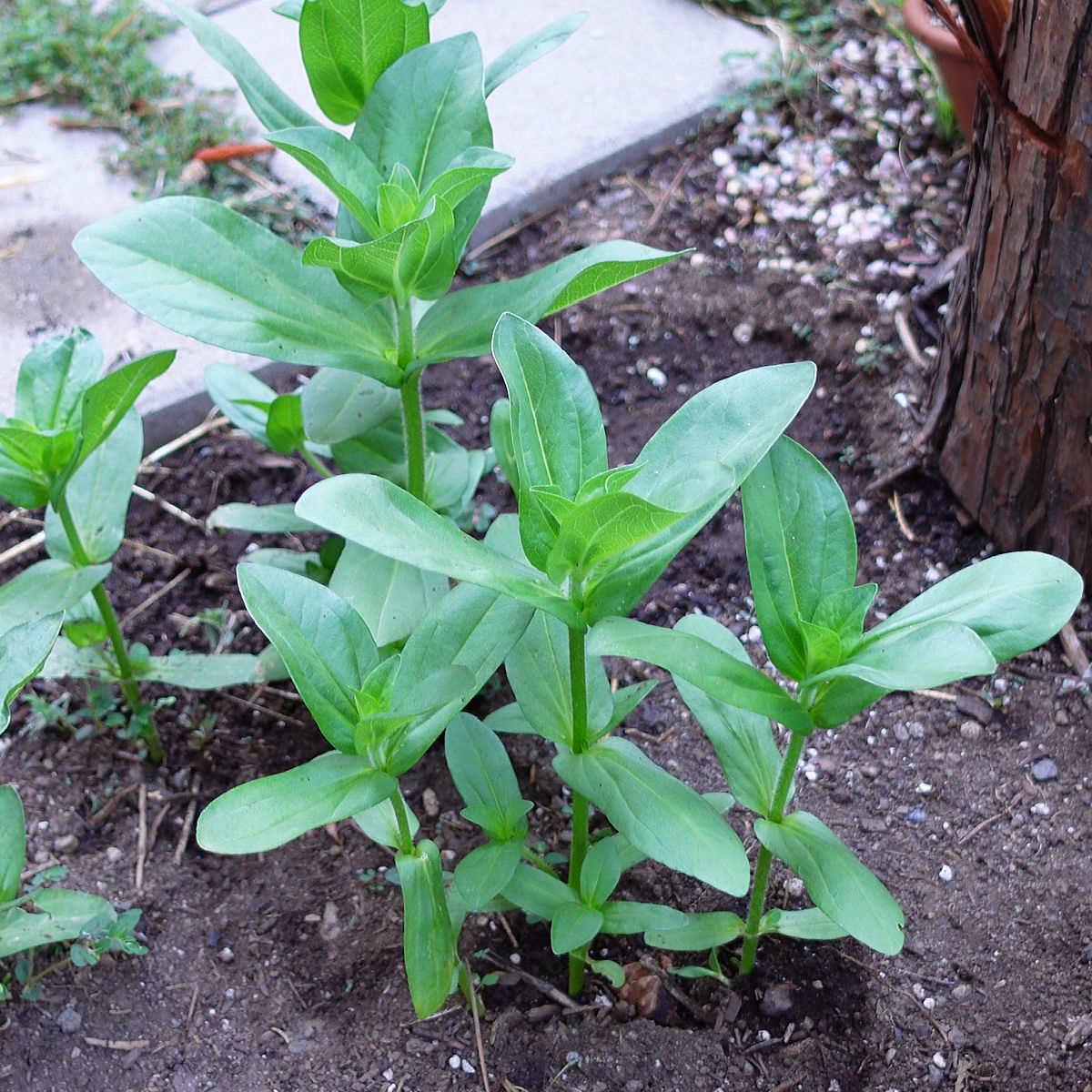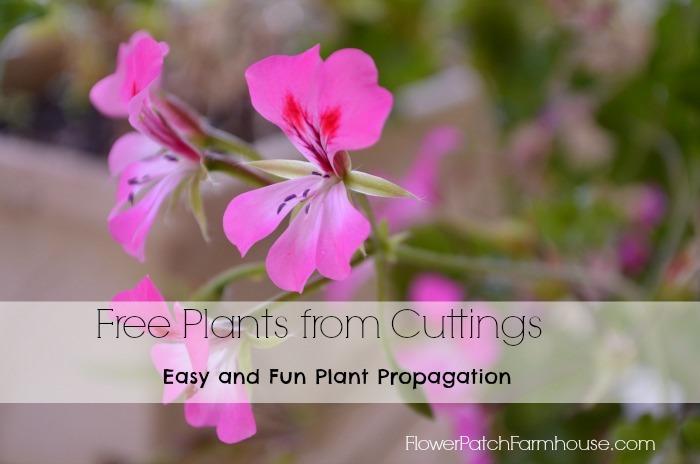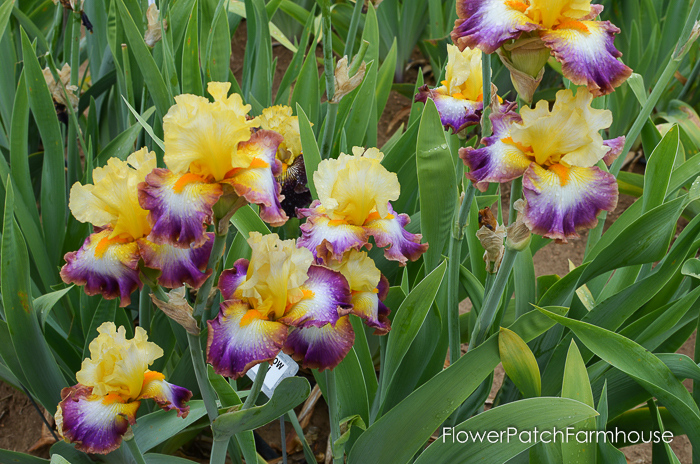Let’s Plant Cosmos! Best Tips to Grow Cosmos Plant
Learn tried and true yet easy tips to plant cosmos flowers in your garden. We discuss soil preparation, planting techniques, care tips, and more in my easy guide.
So you want to grow cosmos plant? Excellent, these annual flowers are so colorful and vibrant in the garden, a true feast for the eyes, and yet so easy to grow, even for beginners.
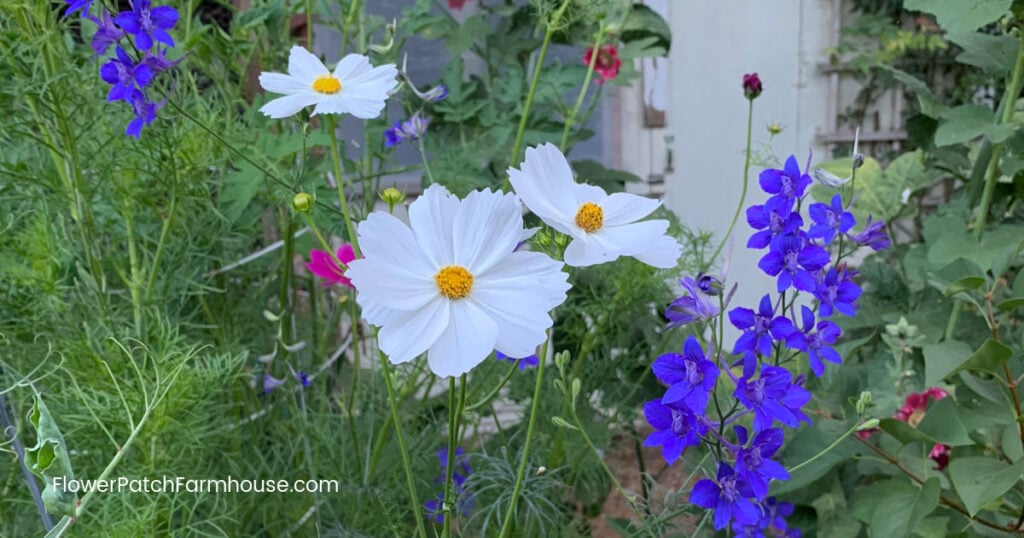
This post contains affiliate links. If you make a purchase after clicking a link I may make a small commission at no cost to you.
Today, I’ll take you through everything you need to know about planting, growing and caring for cosmos, ensuring your garden is full of color all season long.
Understanding Cosmos:
Annual cosmos flowers, known for their simple daisy-like flowers, fern-like foliage, and vibrant colors, are a must-have in any cottage garden. Originating from Mexico, these annuals have a variety of species, each having unique characteristics.
The reason behind their popularity? The ability to add movement and life to any landscape with minimal effort. They also make great cut flowers. There are cosmos to fit any garden from taller varieties to more dwarf varieties.
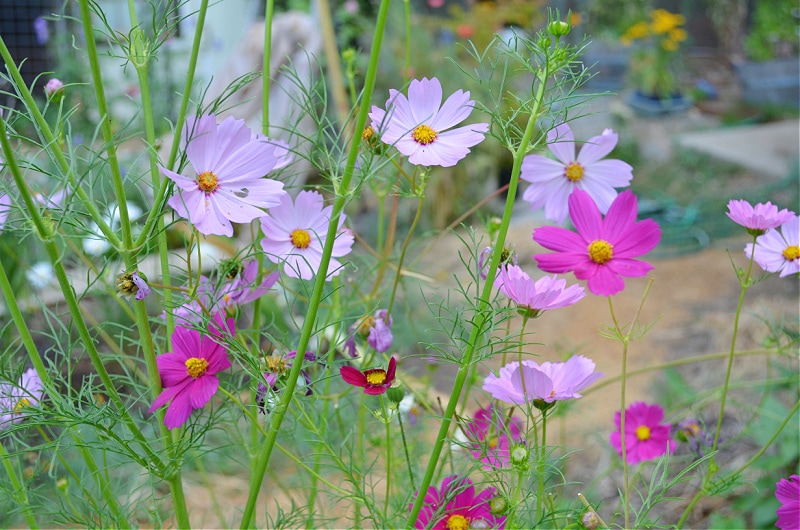
Key Takeaways from this Article
- Choosing the Right Location: Plant cosmos in a sunny spot with well-draining soil. They need full sun and space to flourish.
- Soil Preparation: Cosmos don’t need any special soil preparation, a rich soil will encourage foliage rather than flowers.
- Planting Cosmos Seeds: Sow seeds directly into the soil after the last frost, spacing them 12-18 inches apart. Cover lightly with soil and water gently.
- Caring for Cosmos Plants: Water sparingly, based on weather conditions. Don’t fertilize. Prune or deadhead to encourage more blooms.
- Pest and Disease Management: Keep an eye out for common pests and diseases. Mitigate issues before they occur.
- Enjoying the Blooms: Cosmos are great as cut flowers and for companion planting, adding beauty to gardens and attracting pollinators.
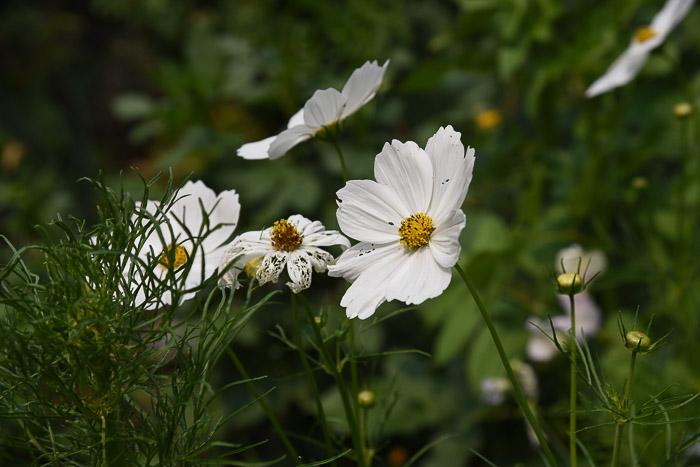
Choosing the Right Location
To get the best out of your cosmos, picking the right spot is important. These flowers thrive in an area that receives full sun and has ample space for growth.
The key is well-draining soil and cosmos love to bask in the sun. Please don’t despair, I have grown them in areas that get partial shade as well.
They will flounder in full shade so give them as much direct sun as possible.
Preparing the Soil
One of the best things about growing cosmos is that they prefer poor soil conditions though good drainage is important.
Rake through the garden bed before seeding, loosening the soil, and removing any weed material from the bed. That’s it!
Rich soil will cause you to get lots of fern-like foliage and fewer blooms. Plus the slender stems will be weaker. A strong wind would then cause them to flop.
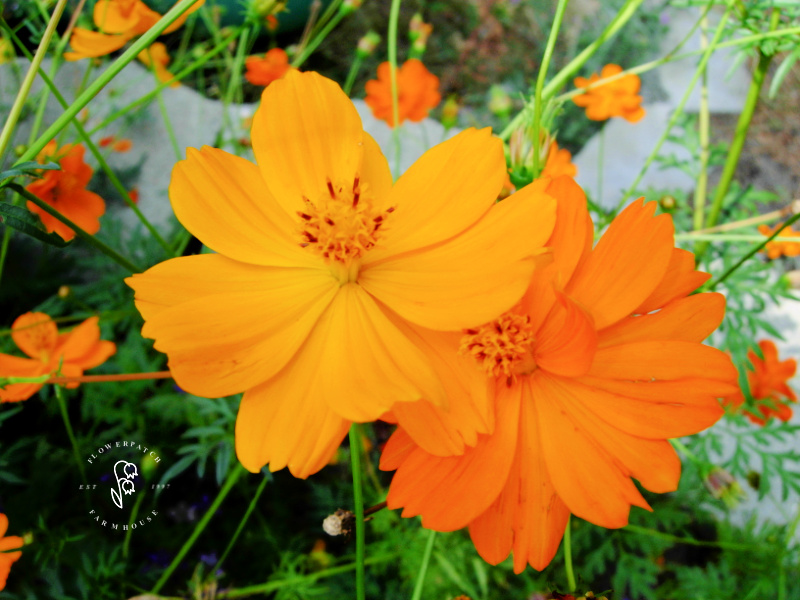
Planting Cosmos Seeds
Now for the fun part – planting! Sow your cosmos seeds directly into the soil after the danger of frost has passed and the soil has warmed. Cosmos seeds germinate best with soil temperatures between 70-75°F and take 7 to 14 days to germinate
Space them about 12-18 inches apart to give each plant enough room to grow. Cover lightly with soil, 1/8 of an inch, and water gently. You can seed them more thickly if you prefer, being close together will allow them to support one another.
If you choose to plant more thickly scatter the seeds over the soil and rake in gently. However it is important to wait until after the soil is above 65 degrees, and germination is best at 70F, as stated above.
You can also start them indoors in early spring and transplant the young plants out in your flower bed. Be sure to read the seed packets for all the specific seed starting instructions.
Last year we had a very cool Spring and early Summer and my cosmos took forever to get started so this year I am going to sow some indoors as well as directly in the garden.
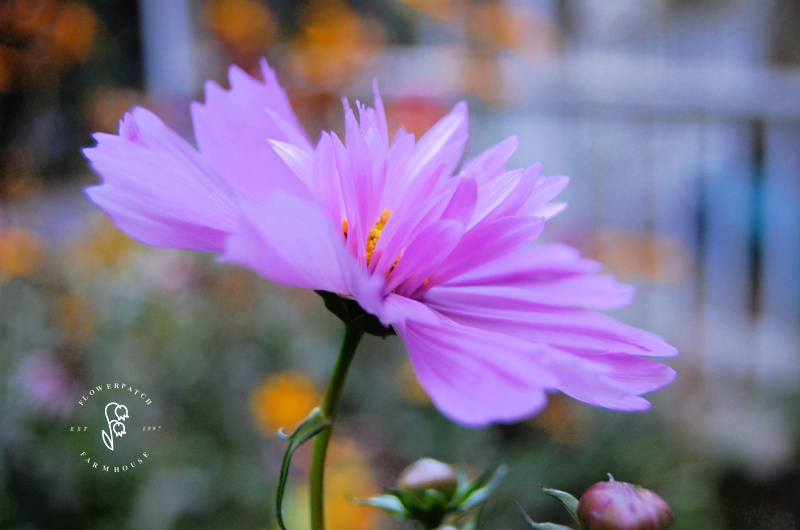
Caring for Cosmos Plants
Water your cosmos plants weekly, especially during dry or high-heat spells. While they are drought-tolerant, the right amount of moisture will promote healthy growth.
Be careful of over-loving cosmos, blooming is reduced if over-watered.
Regular pruning or deadheading will encourage more flowers to form. This makes them perfect for cut flower gardening!
Pest and Disease Management
Cosmos are tough and hardy but keep an eye out for common garden pests and diseases. Mitigate issues in ways that will not harm beneficial insects for other wildlife.
If you live in a humid climate they can get powdery mildew. Make sure they have good airflow.
Bacterial wilt can be another issue, it starts at the base of the plant and then travels to the rest. The whole plant needs to be dug up and disposed of, do not compost.
Aster Yellows is another disease that can rear its ugly head, it can be a problem for any flower in the Asteraceae family, which Cosmos are in.
Again, the only way to deal with this is to dig up and dispose of the plant. Now this may sound discouraging but to be honest, I have grown cosmos flowers for over 40 years and have not once encountered either of these issues.
For pest management I usually just blast them off with a quick spray of water to reduce them on the plant.
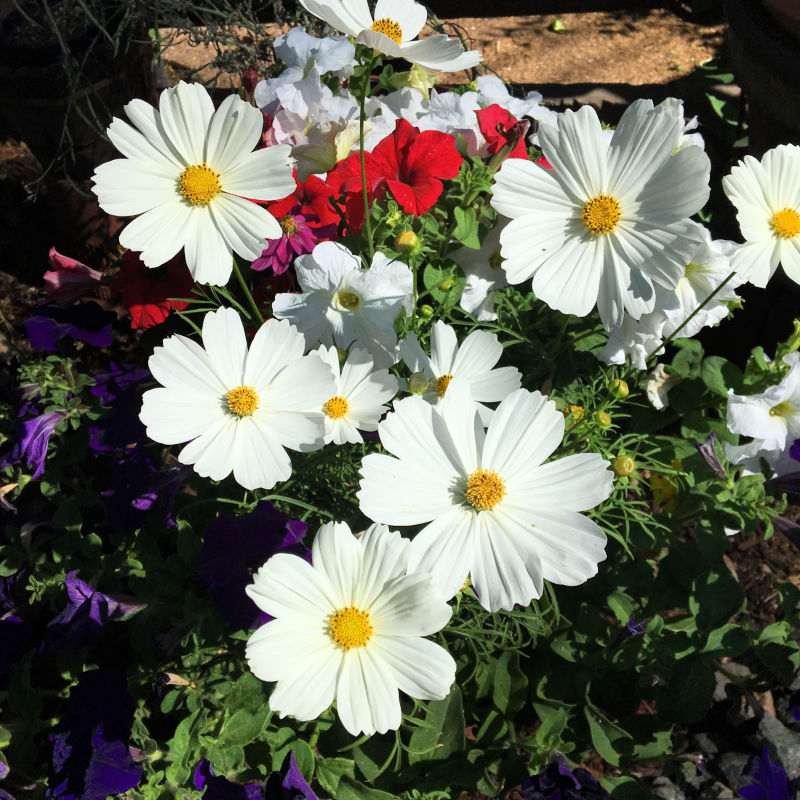
Enjoying Your Cosmos
Once your cosmos are in bloom, you can enjoy their beauty in the garden or as cut flowers in your home. They also make great companions for other plants in your garden, adding color and attracting pollinators.
I especially love the white ones planted with my roses, the white is such a good foil for the luscious roses!
Some favorites Cosmos varieties:
- Chocolate cosmos (you can sometimes find the plant at garden centers)
- Sulphur Cosmos c. sulphureus
- Rose Bon Bon (fluffy, frilly and non-stop bloomer)
- Double Click Cosmos
- Sonata White Cosmos (container cosmos)
- An Entire Page of Cosmos Choices
Another wonderful benefit of cosmos is at the end of the season, if you leave the seed heads, they can reseed and grow for you in the next growing season. Some consider this a problem or weedy but I love it.
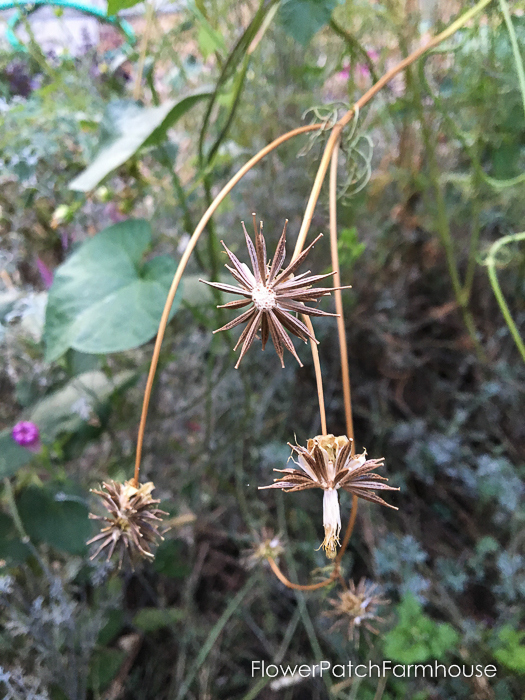
Plus small finches are attracted to the seeds. Cosmos can help to attract beneficial insects to the garden including lacewing, tachnid flies, hoverflies, and various parasitic miniwasps, all which prey on destructive insects. Win, win.
Planting cosmos is a great way to add an splash of color to your garden. These easy-to-care-for flowers will reward you with their bountiful blooms throughout the season. I hope these tips and tricks inspire you to include cosmos in your garden this season.
Interested in more gardening tips? Subscribe to our newsletter for the latest advice and stories from gardens I visit.
Don’t forget to check out my other articles for more gardening insights.
